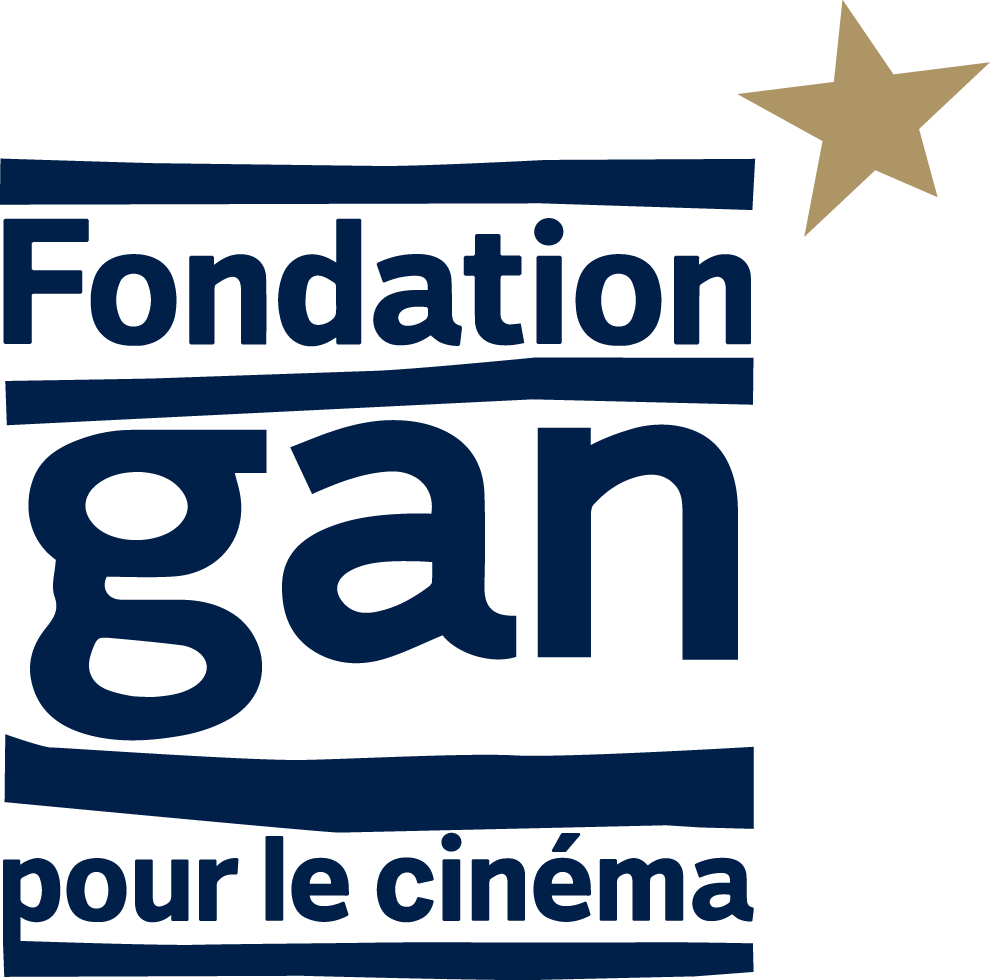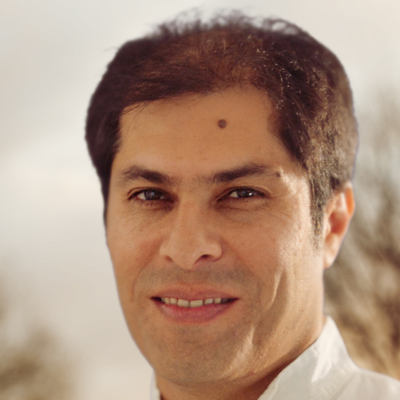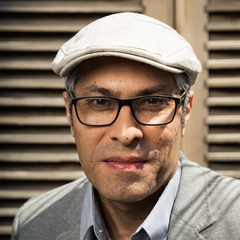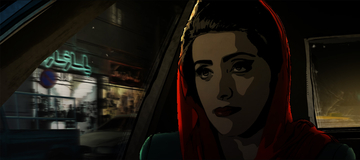“One day, I heard the conversation of two Iranian twins in the subway in Germany. They talked about their trip to Iran and their experiences with girls. In the conversation, they also mentioned a prostitute who had her child with her. This made me wonder about the issue of sexuality in Iran. I then did some research in the social media and explored my own memories of how we dealt with the many taboos, and thus the story developed.
The technique of animation is rotoscoping, which means that the whole story is shot with real actors in front of a green screen. For the animation, the actors are then transformed into painted characters and combined with painted backgrounds. I chose this technique because I wanted to tell an authentic story for which I needed a very realistic look. Rotoscoping allows us to feel the real character despite the animation and thus it lets reality shine through the painted film.
In my mind, childhood memories are much more colourful than those later in life. My film adopts in large parts the perspective of a small boy, one of the main characters' child. I did not want to make a dark movie and rather adopt the optimistic hopeful, hence colourful perspective that children usually have on life.
When sexuality is regulated and regimented strongly in a society, people are very busy to work around the many taboos. So the lack of freedom pushes them into living with double standards. I was especially interested in the role that women play and have to play in that game of virtuousness. They are the ones who suffer the most. They must not act out their own sexuality or stand for themselves at all. At the same time, women are expected to impose the rules and taboos that restrict their liberty onto the next generation. I consider the taboo of sexuality as a social problem rather than a political one. The limitations in people's minds are much stronger than the legal ones.”






